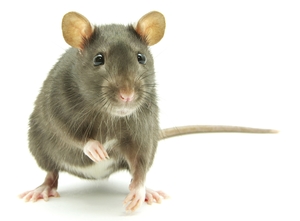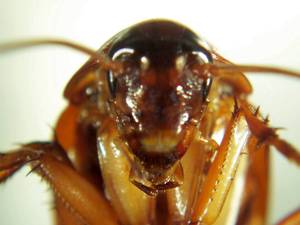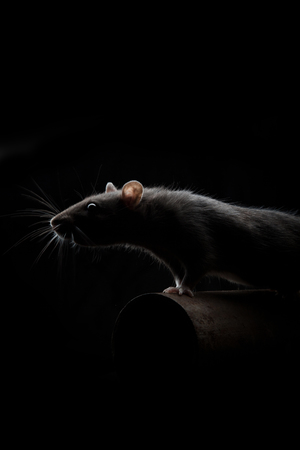Rodents, and Insects, and Birds...Oh My!

An Integrated Pest Management (IPM) program is an important part of every food facility’s effort to produce a safe, legal food product. Certain insects, rodents, and birds are capable of introducing significant contamination issues into a food plant. Every effort must be made to minimize the risks posed by these pests.
IPM is a comprehensive approach to pest population management that considers a number of strategies to eliminate or reduce a pest population to tolerable levels while enhancing the quality of the environment. To do this, the IPM program relies on your knowledge of the biology and behavior of the specific pest population to determine which factors are allowing pests to enter and supporting their ability to survive and increase in numbers.
Tolerable Levels
Reaching tolerable levels includes:
- Reducing a pest population to a point where they are not a threat to food products or personnel
- Directly impacting their ability to increase in population numbers

A well-managed IPM program requires a combination of strategies to be successful. There are no magic bullets or one-size-fits-all program as some believe. Every food plant and every pest issue is unique and influenced by the conditions present. A true professional understands this and uses the information to establish a successful IPM program. The core elements of an IPM program are:
- Knowing the pest’s biology and behavior
- Problem solving using the ICE principle
- Understanding and using prerequisite programs to control or change the environment supporting the pest population
- Implementing a correct and effective monitoring program
- Collecting and establishing trends from the data available
- Educating employees
- Using pesticides only when needed
ICE Principle
The ICE principle is a problem solving strategy that has a number of applications in a food plant.
I = Identify, introduce, intensify
The entire facility has to be inspected inside and out to determine the presence of a pest population and how significant it is with respect to integrity of the products being produced. Using information about the pest’s biology and behavior, a determination can be made about the level of infestation and possible entry points that pests use to access the facility. By knowing that not every stored product insect or rodent comes in with ingredients, but can originate outside of a facility and gain access through doors, windows, or other openings, you can significantly expand your area of concern when an issue is identified.
C = Control
If an issue is discovered, the next step is to determine immediate steps that need to be taken to avoid potential adulteration of food products. A short term corrective action is not a complete solution to the problem.
Several confused flour beetle larvae and adults are seen on the top of a flour bin in the flour room. All of the flour and insects are vacuumed and the material is properly disposed of. The evidence of a problem has been removed, but has the problem been taken care of? Why was there flour and insect activity in that location? Is there a leak in the flour system? How long has it been since this area was properly cleaned? Is there a unknown harborage being used by the insects that needs to be eliminated? When is the last time this location was inspected?
E= Eliminate

The goal of this step is to identify a long-term corrective action that will prevent and/or eliminate the issue from reoccurring. Typically a program that needs to be modified or adjusted to prevent recurrence or eliminate the problem will be identified.
The collection of flour and insect activity in the example are indicators of a failure of the programs and procedures designed to prevent this from happening. Cleaning will not resolve the issue unless the root cause for the presence of flour and insects is identified and eliminated. This principle applies to managing any pest issue.
Prerequisite Programs
Foundational prerequisite programs are essential to the success of any IPM program.They are designed and used to control the environment in a food plant to limit the potential for product contamination or adulteration. Identify pest presence through inspections, limit their resources through sanitation and proper maintenance, and make it difficult for them to enter or get established through proper inventory control of sensitive materials. Using prerequisite programs to create an unfavorable place for pests is the best control method.
The upcoming Food Safety and Sanitation for Food Plants course is a great opportunity to learn more about how you can use prerequisite programs to control the pest presence in your facility. Enroll today for this once-a-year opportunity to advance your career.

